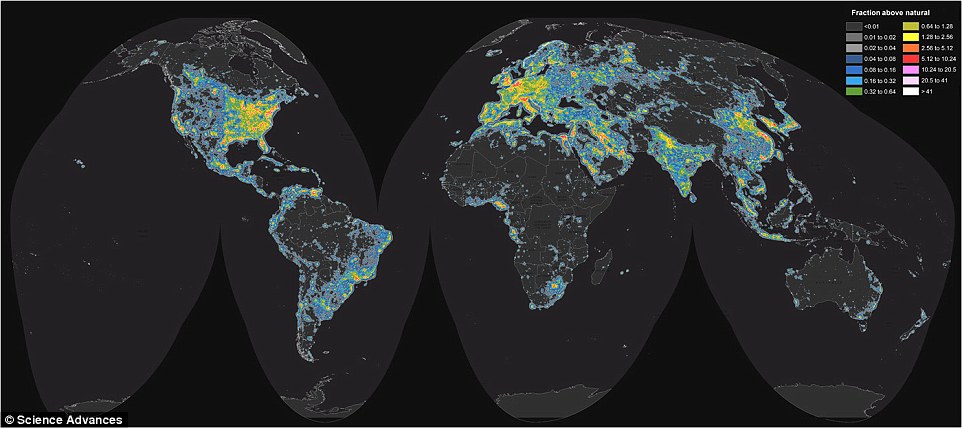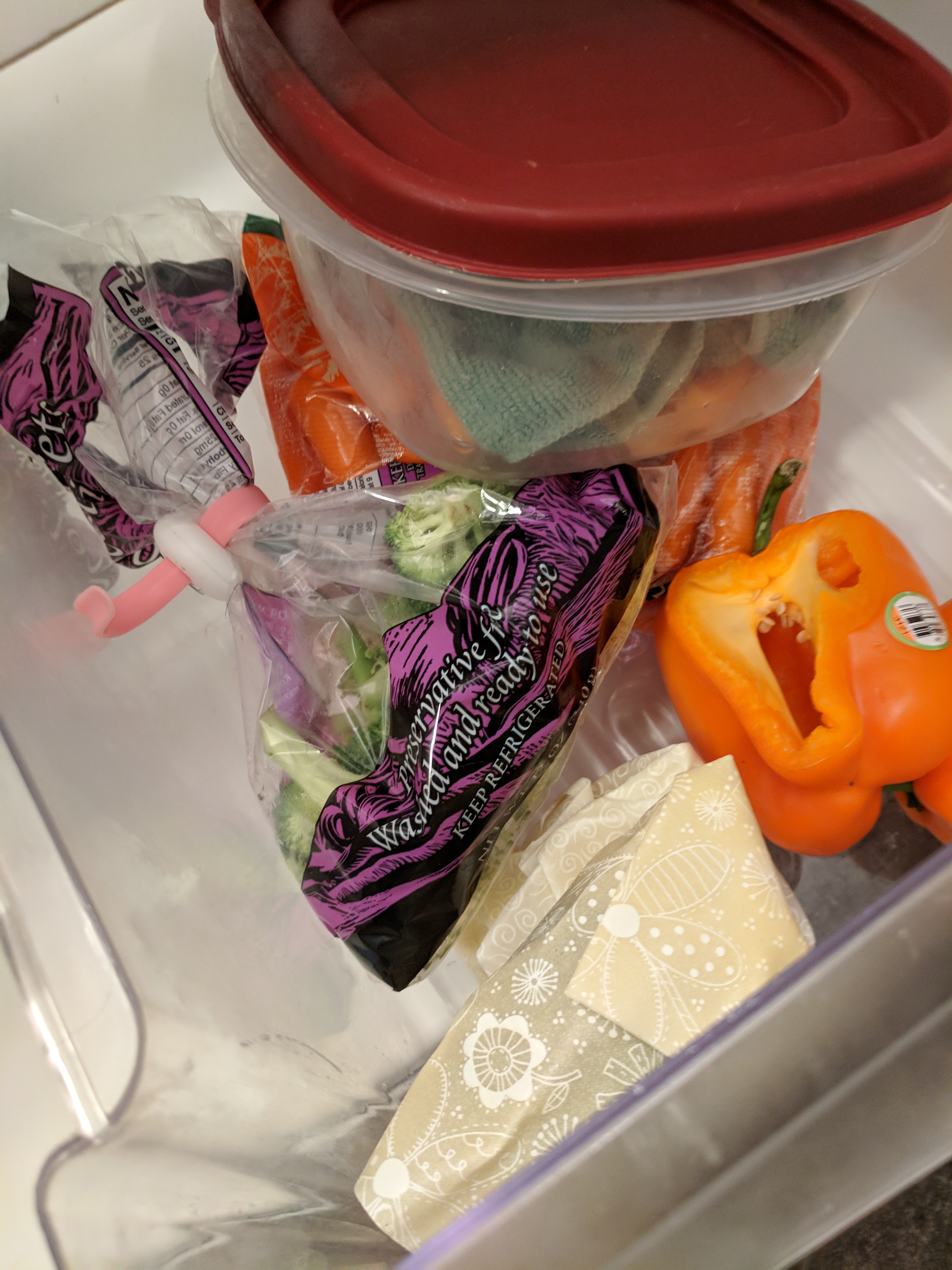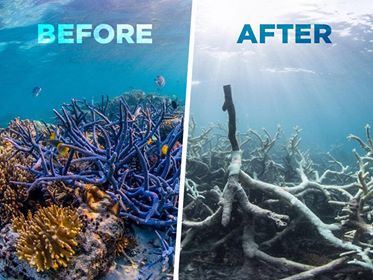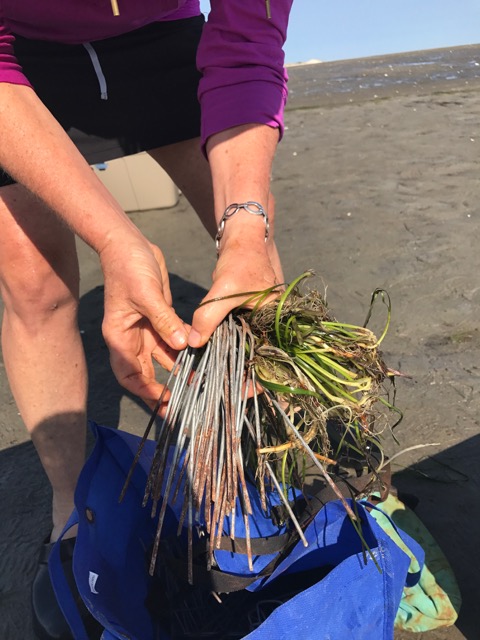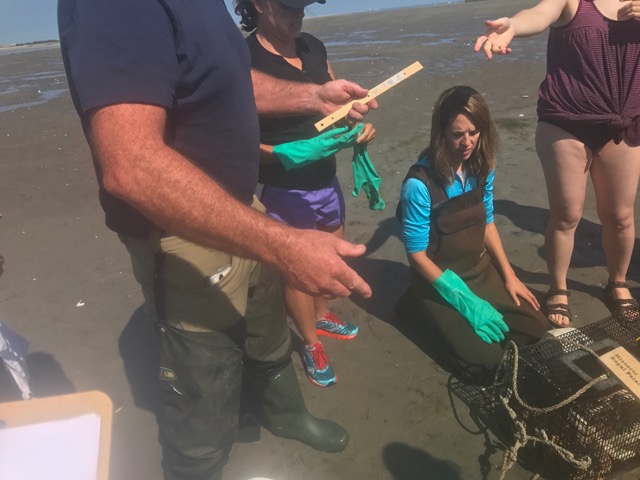I am willing to bet that you haven’t heard of International Dark Sky Places (IDSP). It is an international program by the International Dark-Sky Association with different designations and the mission to encourage places to limit light pollution. Their designations include communities, parks, and reserves. Light pollution may not seem like a big deal, but it can be a serious ecological problem. Baby sea turtles can go towards an urban area instead of the brightness of the reflecting ocean and end up killed. Migrating birds can be confused and disoriented which can lead to exhaustion, starvation, and make them targets for predators. The Bird Conservancy of the Rockies explains here and also gives some ideas on what you can do to make a difference. The Audubon Society also has a program to help spread the word about this issue. Their website includes resources such as templates for letters to building managers and elected officials. After all, individuals can help, but turning your community or an area near you into a Dark Sky Place would be even better.
If you’re interested to find out where one is near you, you can use the IDSP finder. Perhaps you would like to star gaze, or maybe you’re just curious. I grew up near Boston and you have to go pretty far away from Boston to find a designated area. The Audubon website has links to local chapters so you can find out what is being done locally in the US, and what days are the most important for migratory birds.

